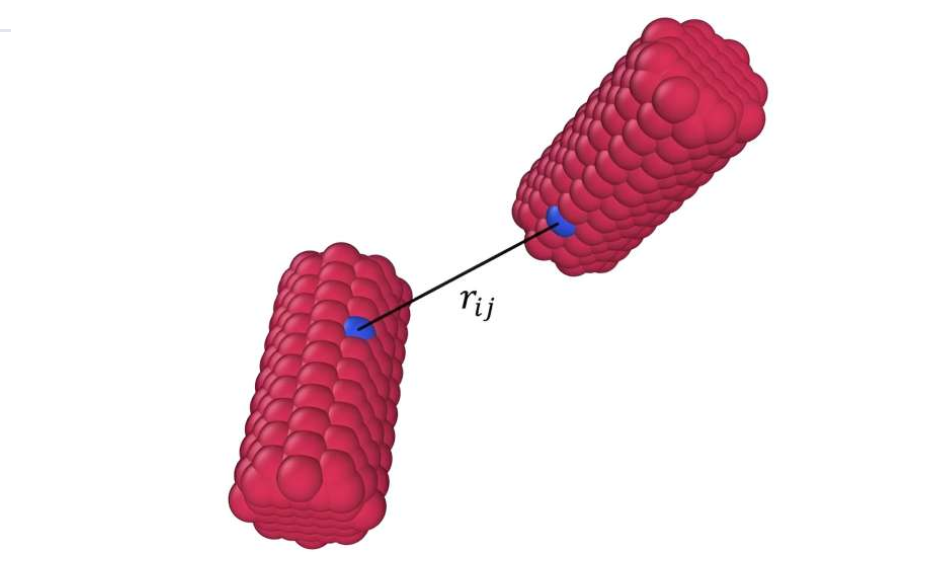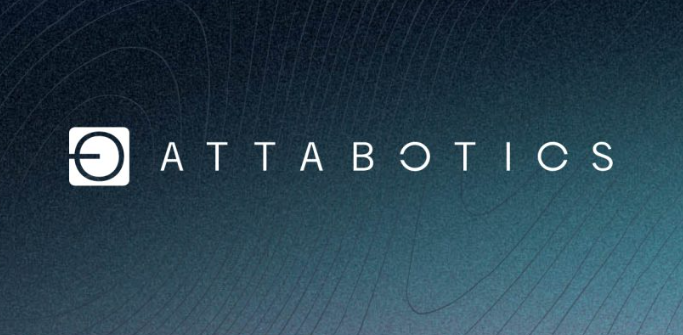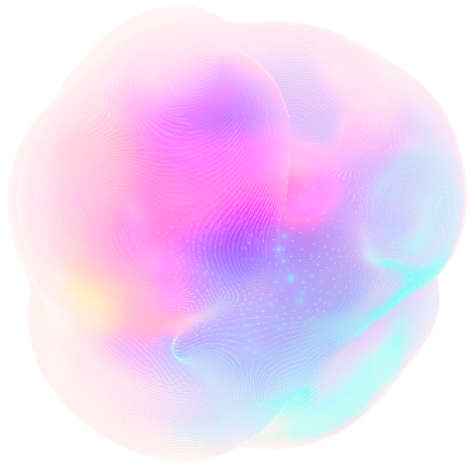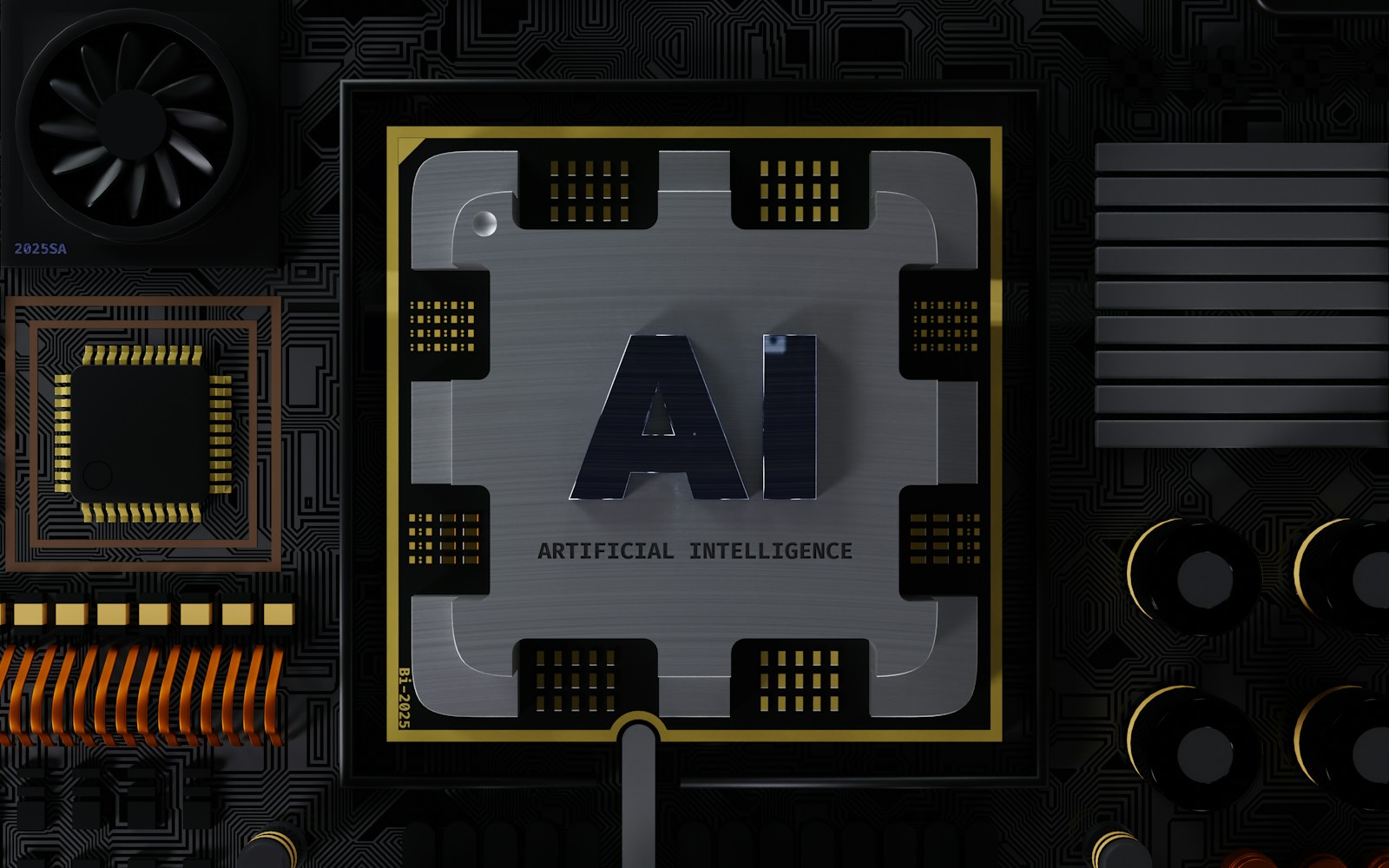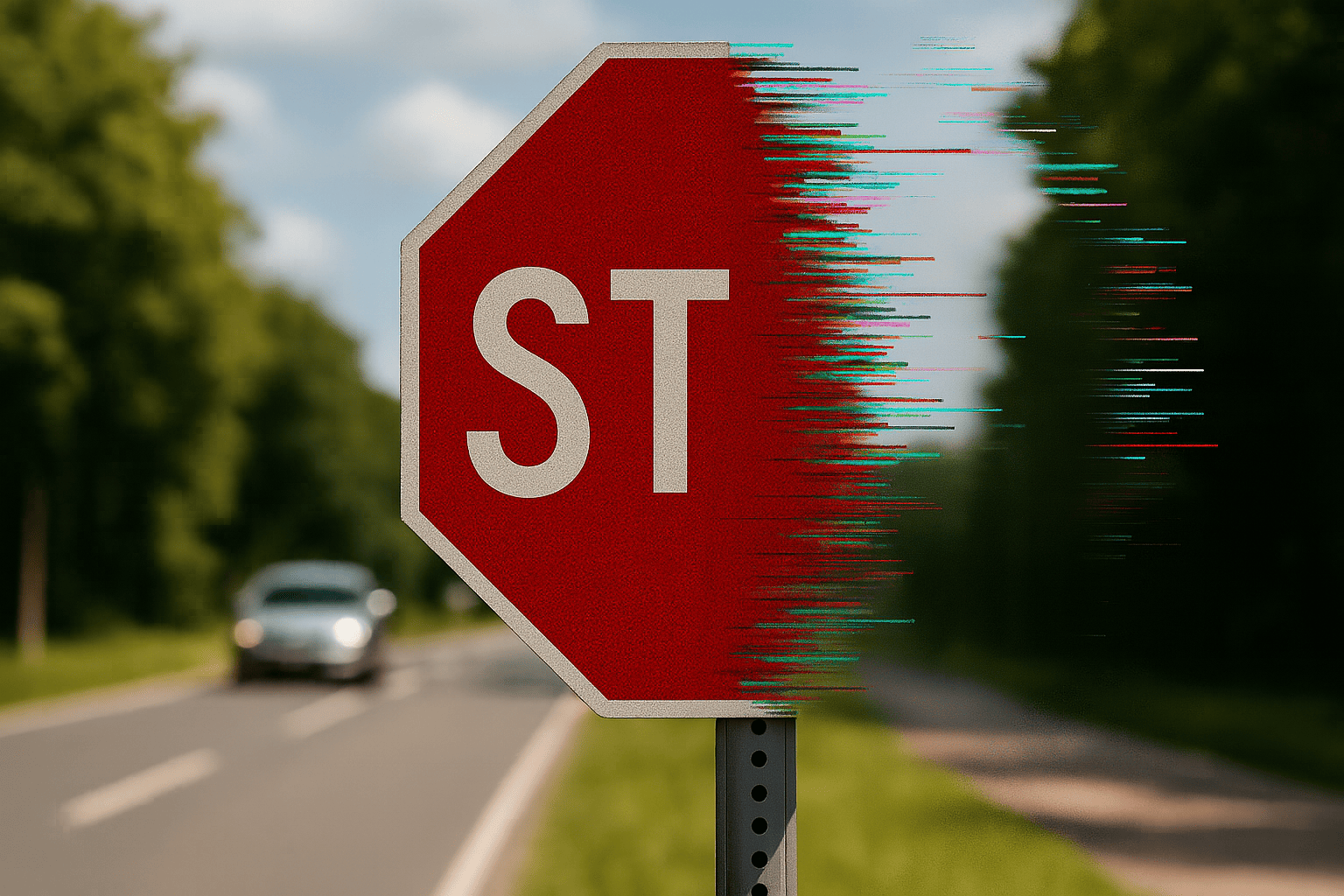Simulating spherical particles is relatively straightforward, but in reality, most particles are irregular in shape, making simulations much more complex and time-consuming. Understanding the behavior of such particles, like microplastics, is crucial for addressing environmental issues.
To tackle this, researchers at the University of Illinois Urbana-Champaign have developed a method using neural networks to predict interactions between irregularly shaped particles, speeding up molecular dynamics simulations by up to 23 times. This approach can be applied to any irregular shape, provided there is enough training data.
“Microplastics are now present everywhere in the environment and most of them are not spheres, they are very heterogeneous, and they have corners and edges. Tackling the problem of how they behave in the environment requires us to develop new methods, finding ways to simulate them faster, cheaper and more efficiently,” said Antonia Statt, Professor of materials science and engineering at the University of Illinois Urbana-Champaign.
Statt also described the traditional method of simulating a cube by tessellating it with small spheres as inefficient, requiring numerous calculations of interactions between the spheres. To address this, the team used a feed-forward neural network, which she referred to as an effective tool for fitting complex functions. According to Statt, with sufficient data, neural networks can adapt to fit any desired function efficiently.
Their research, titled “Molecular dynamics simulations of anisotropic particles accelerated by neural-net predicted interactions,” was published in The Journal of Chemical Physics. By focusing on center-to-center distances and particle orientations, the method improves efficiency without compromising accuracy. The team plans to expand this method to simulate even more complex shapes and mixtures in the future.
Featured image: A pair of cylindrical bodies composed of 639 smaller spheres. Credit: The Grainger College of Engineering at the University of Illinois Urbana-Champaign
